The Shit Show that was 2021

The Shit Show that was 2021
I wanted to take you behind the scenes a little bit at Dietitian Approved and the Triathlon Nutrition Academy and give you some insight into what's been happening this year. The highs and the lows, the lessons I’ve learnt and a peek behind the scenes at our plans for 2022.
Highlights of the year
- The Olympics! It provided a great distraction and banded the country together
- The Debut of the Triathlon mixed team relay
- Launched the Triathlon Nutrition Academy program
- Launched the Triathlon Nutrition Academy podcast
- Dietitian Approved turned 6
- Dietitian Approved transitioned to a more global brand with the change from .com.au to .com
Things I learnt this year
- Exercise is a huge part of my life, specifically social exercising. I need to prioritise
- I need to schedule breaks/holidays ahead of time so they actually happen
- If I am going to put myself out there in the online world, I need to develop a thicker skin. Because negativity will happen
- The...
The Rise of the Female Triathlete with Stef Hanson
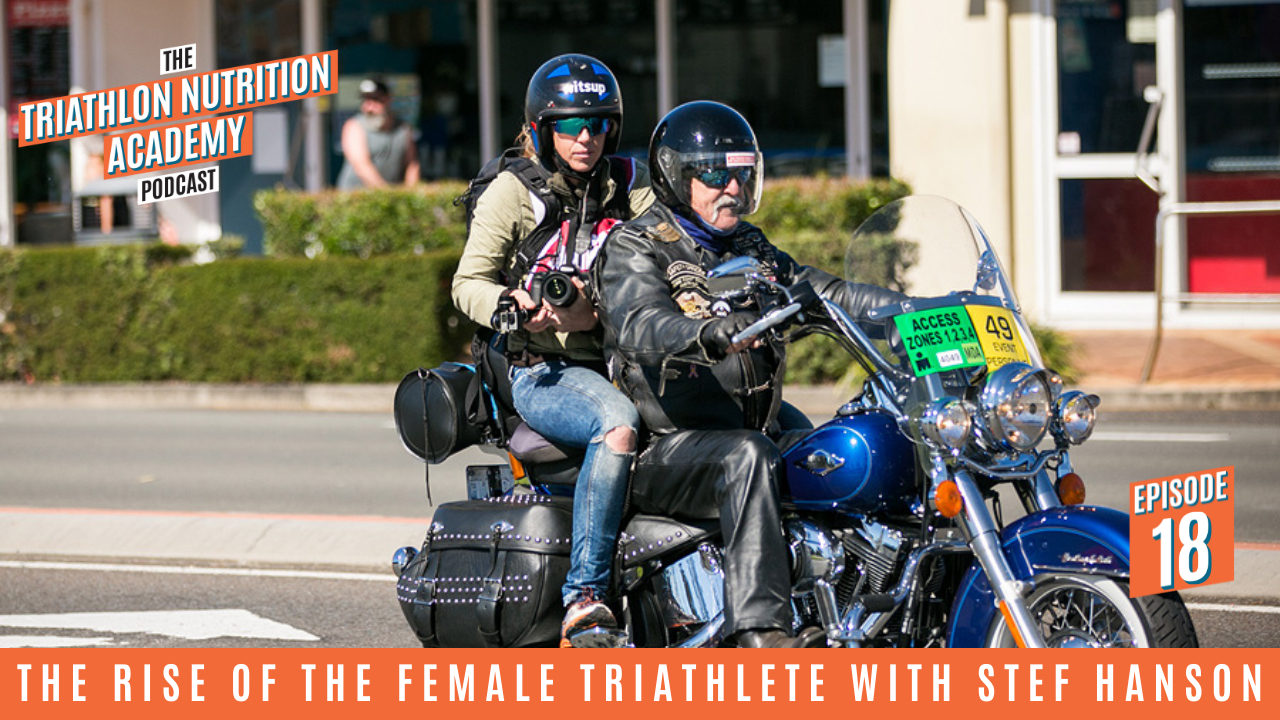
The Rise of the Female Triathlete with Stef Hanson
This episode of the Triathlon Nutrition Academy Podcast is with total legend and one of my favourite humans, Stef Hanson. Stef is the founder of WITSUP, which stands for Women In Triathlon, Sup?
In this episode we chat about:
- Her many talents, skills, and untapped knowledge
- Her motivation for starting WITSUP
- Key learnings from the business
- Why she decided to close the chapter of WITSUP
- How things have changed for women in sport/triathlon thanks to Stef
- Perceptions of triathletes
- Lowering the barrier to entry into triathlon and encouraging others to compete in the sport
- How she has held people/companies accountable for leaving women as an afterthought in sporting events
- Her journey and personal stories working as a photographer for triathlons
- What the future holds for her businesses and family
To go deeper, listen to the Triathlon Nutrition Academy Podcast Episode 18: The Rise of The Female Athlete Interview - Stef Han...
Athlete Spotlight: From beginner to 2 x Ironman finisher with Bec Baird
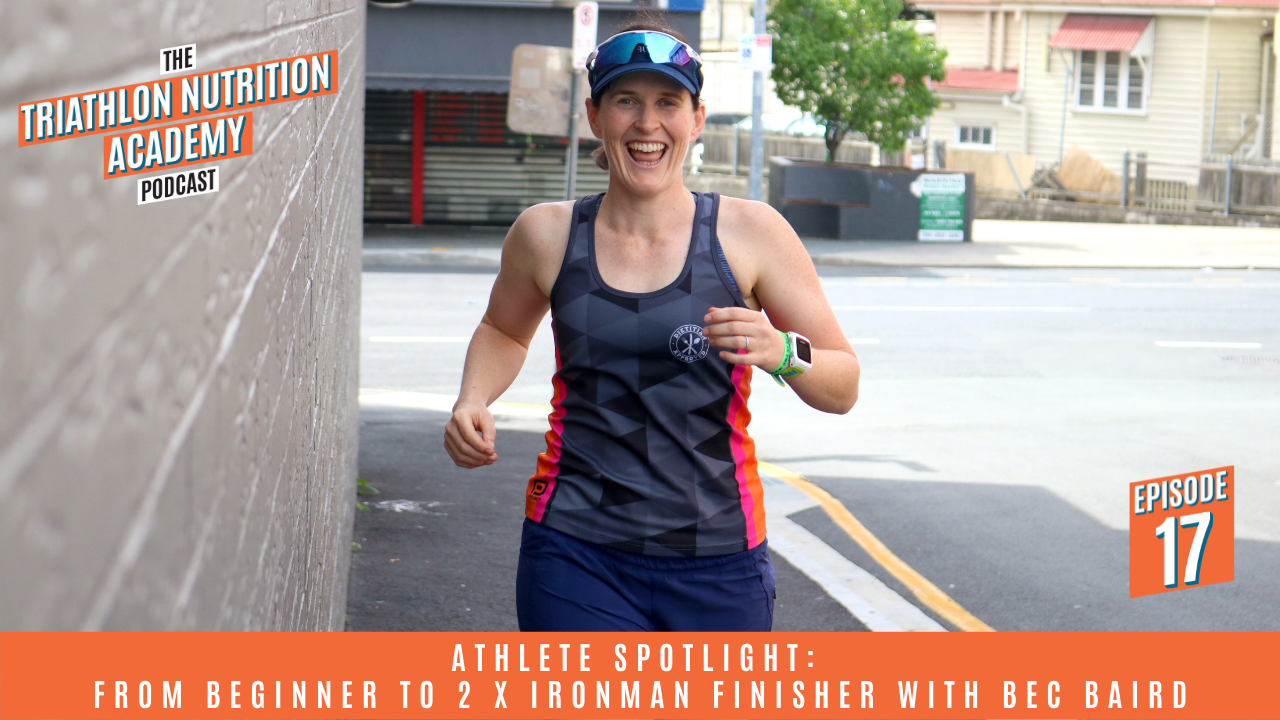
Athlete Spotlight: From beginner to 2 x Ironman finisher with Bec Baird
I spoke with one of my longest-standing clients ever, Rebecca Baird about her journey through triathlons and what she has learnt about nutrition along the way.
Here’s what she had to say:
Some background about Bec
- Bec is a single mum to Roy and lives in Mackay. She works as a podiatrist and first got into triathlons in 2015 after playing and coaching netball. She has since competed in many triathlons of all distances including 70.3 and two Ironmans.
Bec’s Plans for the next 2 years
- Mooloolaba Tri next year in March
- Looking into the ultra-running scene – either 50 or 100km
- Ironman distance again in 2023
What made her decide to invest in a Sports Dietitian?
- She read a blog post about another triathlete and how she'd been training for ages and had put on weight while doing massive volume even though she thought she was eating okay. She'd been to see her friend Taryn at Dietitian Approved and wit...
7 Nutrition Tips for Exercising in the Heat
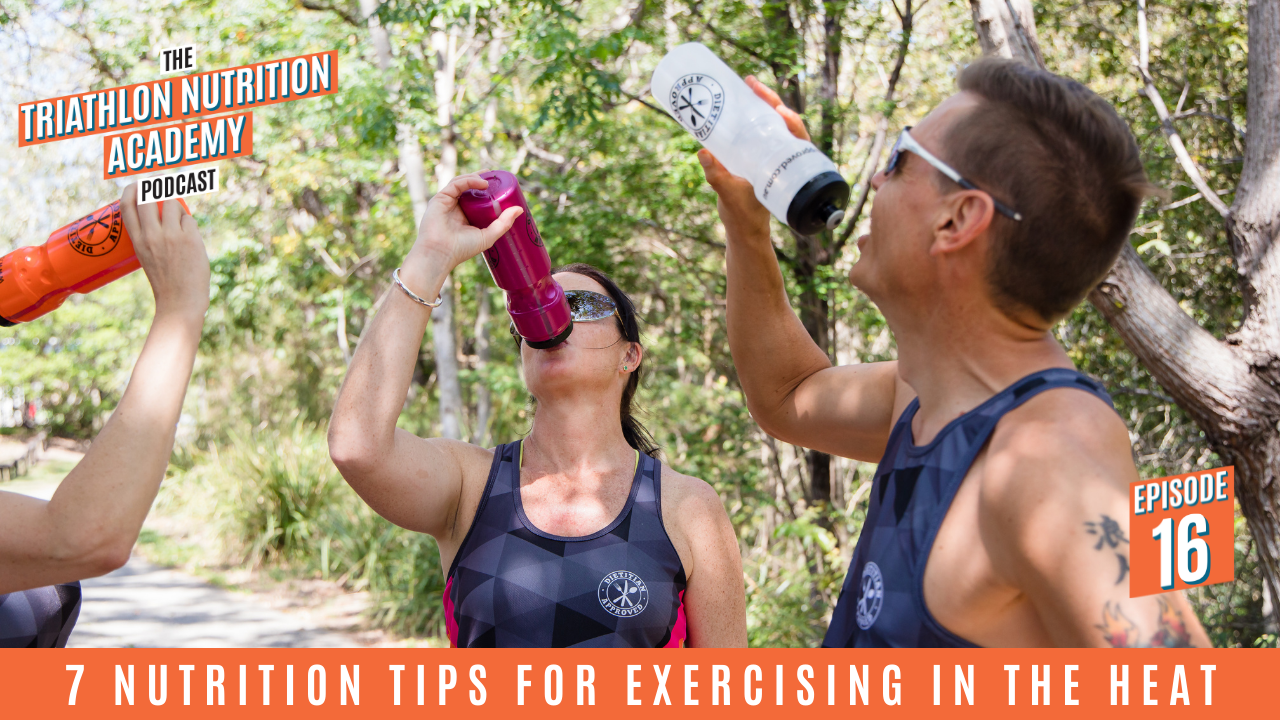
7 Nutrition Tips for Exercising in the Heat
It’s getting hot here in Australia! Training in the Aussie summer can be challenging.
One of the biggest impacts of heat exposure when exercising is its effects on the gut. This is exacerbated when our core temperature gets >39°C
What happens to the gastrointestinal tract (GIT) when we exercise?
- Redistribution of blood flow away from the GIT towards working muscles and peripheral circulation (to cool you down)
- Results in decreased perfusion (less blood flow) of organs in the abdominal cavity causing GIT ischemia (lack of oxygen)
- Sympathetic activation (fight or flight response) - you don’t want to spend energy digesting food when you’re trying to run away from a lion
- Supressed gastric emptying (less efficient compared to normal), digestion and absorption
The longer & more intense the exercise, the worse these responses are.
Here are 7 strategies to manage exercise in the heat from a nutrition perspective:
1. Heat Acclimation
-
...
What is Sweat Testing and Should You Do One?
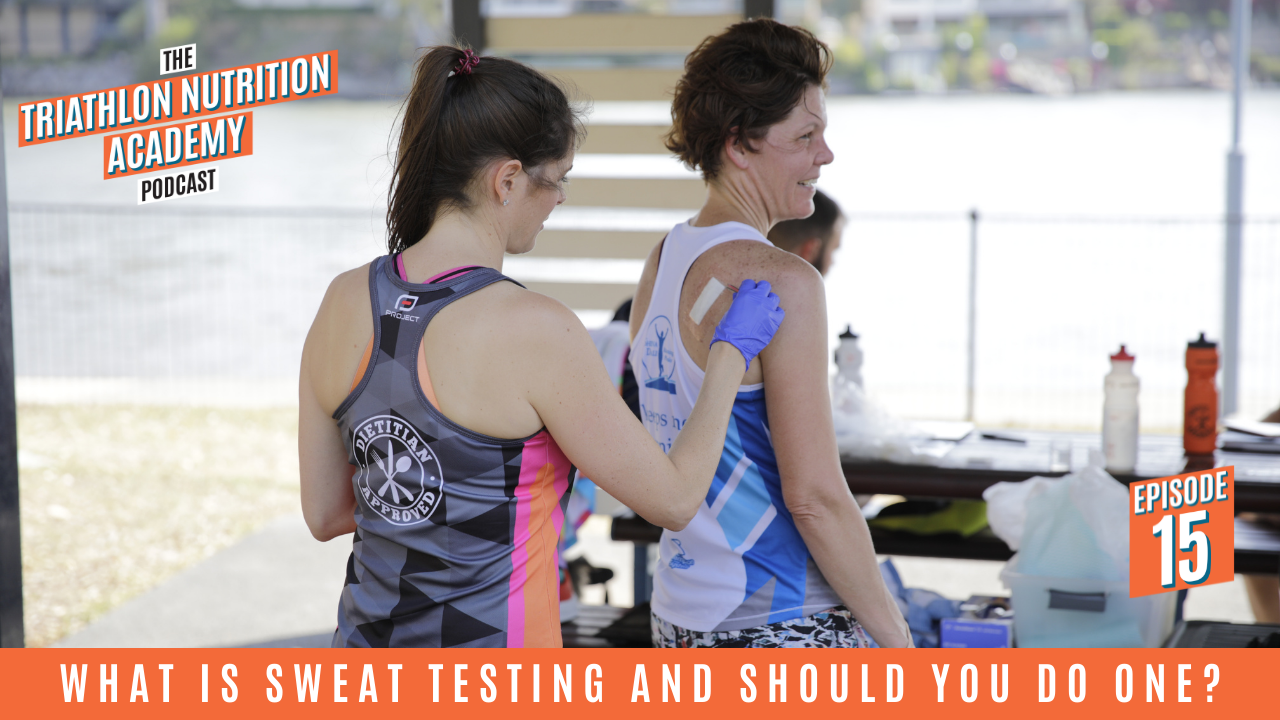
What is Sweat Testing and Should You Do One?
What is Sweat Testing?
Sweat testing is a way to measuring your sweat sodium concentration during exercise. Simply, we put patches on your skin, you exercise for a defined period of time and then take them off and analyse them. Combine with measuring your body weight pre and post, we can also calculate your sweat rate in ml/hr and then calculate sweat sodium concentration in mg/L of sweat.
In the field, we use sweat patches at certain sites on the body to calculate your sweat sodium concentration and then use mathematical equations to calculate total body sweat sodium.
Many things impact your sweat rate; genetics, your fitness level, intensity, the environmental conditions of the day, your pre-test diet – there are many things we want to try and control for to give you the most accurate results.
Who is sweat testing best suited for?
- Athletes competing in endurance events 10hrs + e.g. ironman, ultra-marathons, 24hour mountain bikers ...
Do You Need Salt Tablets?

Do You Need Salt Tablets?
Many endurance athletes take salt tablets, but do we really need them? I spoke with the sodium and hydration master aka Alan McCubbin to break down everything you need to know about sodium, hydration and endurance exercise.
Here’s what we discussed:
Why is sodium is important for sports like triathlon?
- When we sweat during exercise, sodium is the main mineral we lose along with chloride
- The main electrolyte in our blood is also mainly sodium, and this plays a big role in moving water around the body
Are there currently any guidelines around sodium replacement?
- The guidelines are currently very vague
- There aren’t really any specific guidelines around sodium replacement during exercise apart from a broad statement from the American College of Sports Medicine indicating that people should replace sodium when large losses occur, but they don't define what a large loss is
What research is currently underway to find some answers?
- A study to su...
Everything you Need to Know About Sports Gels
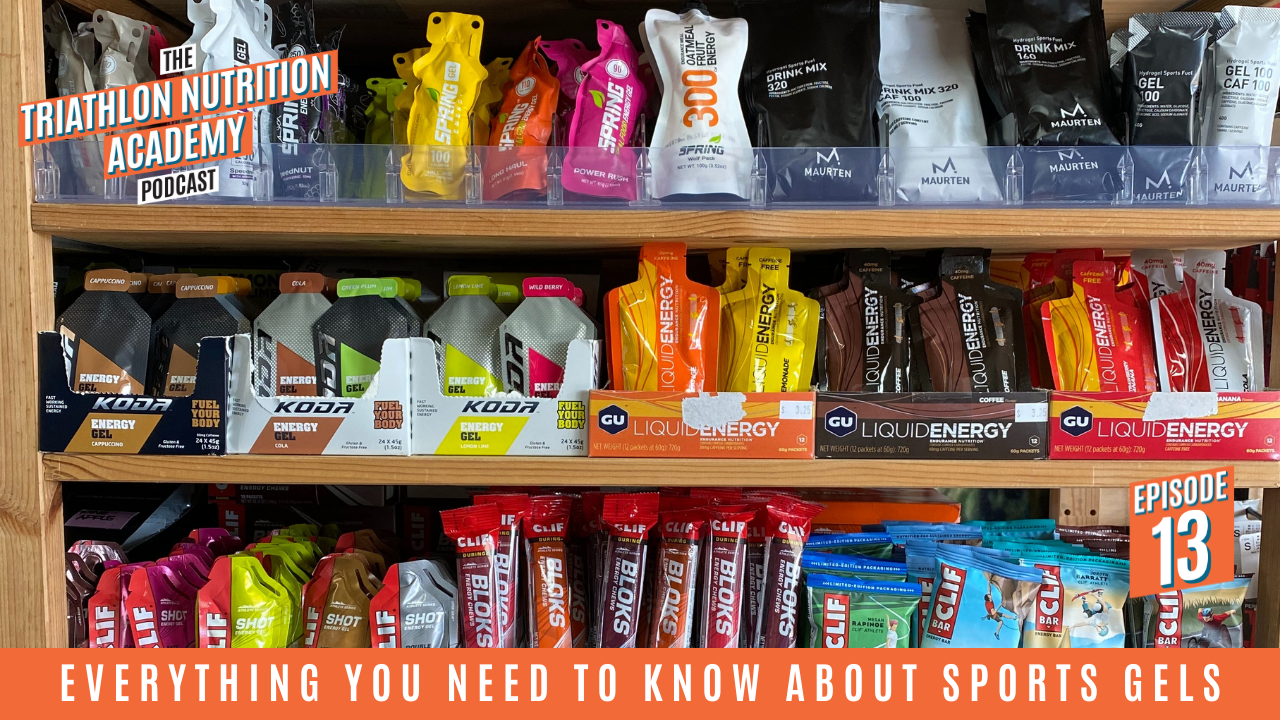
Everything you Need to Know About Sports Gels
There’s a lot of information out there about sports gels and it can be confusing. There's a huge variety of brands and flavours and the content of them varies as well. Not all gels are created equally.
Here are some tips to consider when you’re buying your gels:
1. Carbohydrate content
- Carbohydrate content can range from around 20-50g of carbohydrate per gel depending on the brand.
- You don’t have to consume it all at once
2. Type of carbohydrate
- A lot of gels are made up of maltodextrin (two glucose molecules joined together) which is very easily broken down in the gut and absorbed quickly into the bloodstream.
- Some products contain maltodextrin and fructose which is a different type of sugar and is absorbed differently across the stomach lining
- The right one for you depends on your overall nutrition plan
3. Is it isotonic or not?
- Isotonic = the same salt concentration as our cells and our blood
- Hypertonic = more...
How to Lose Weight & Maintain Energy for Ironman Training
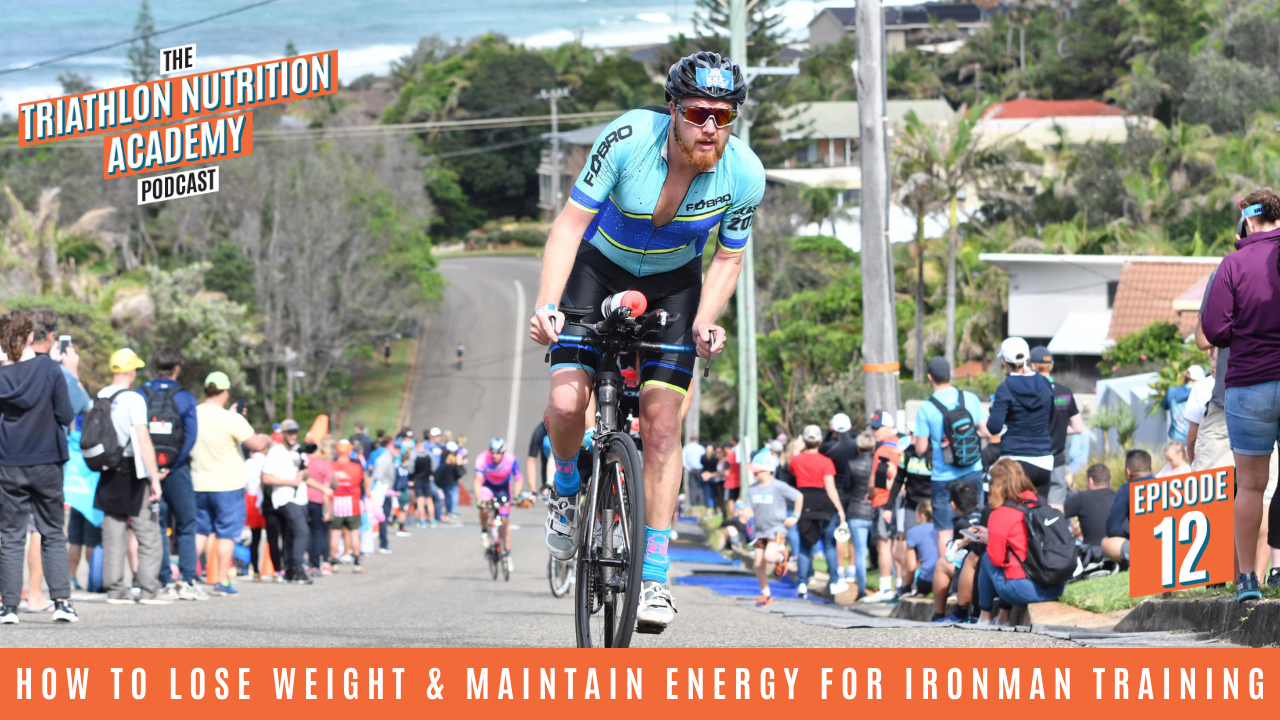
How to Lose Weight & Maintain Energy for Ironman Training
Most athletes are looking to be in peak physical condition for their A race. For endurance events like Ironman where you have to carry your weight across a long distance, performance can be improved with a good power to weight ratio. But it’s a delicate balance between being light, strong and fast and falling into a hole because you’ve under fuelled too aggressively to get there.
Here are my 7 Tips To Drop Body Fat While Still Maintaining Energy Levels And Performance Through An Ironman Build:
1. Eat Strategically
- Have a periodised approach to your nutrition
- You shouldn’t eat the same thing every day – your nutrition should match your training load
- Your nutrition should look completely different on your lighter training days vs a double session hard training day vs a long endurance ride & run off the bike type day
- Without a specific nutrition plan perfect for you, you run the risk of getting sick or injured
- Offseason ...
Eating on your Feet: Fuelling Long Runs
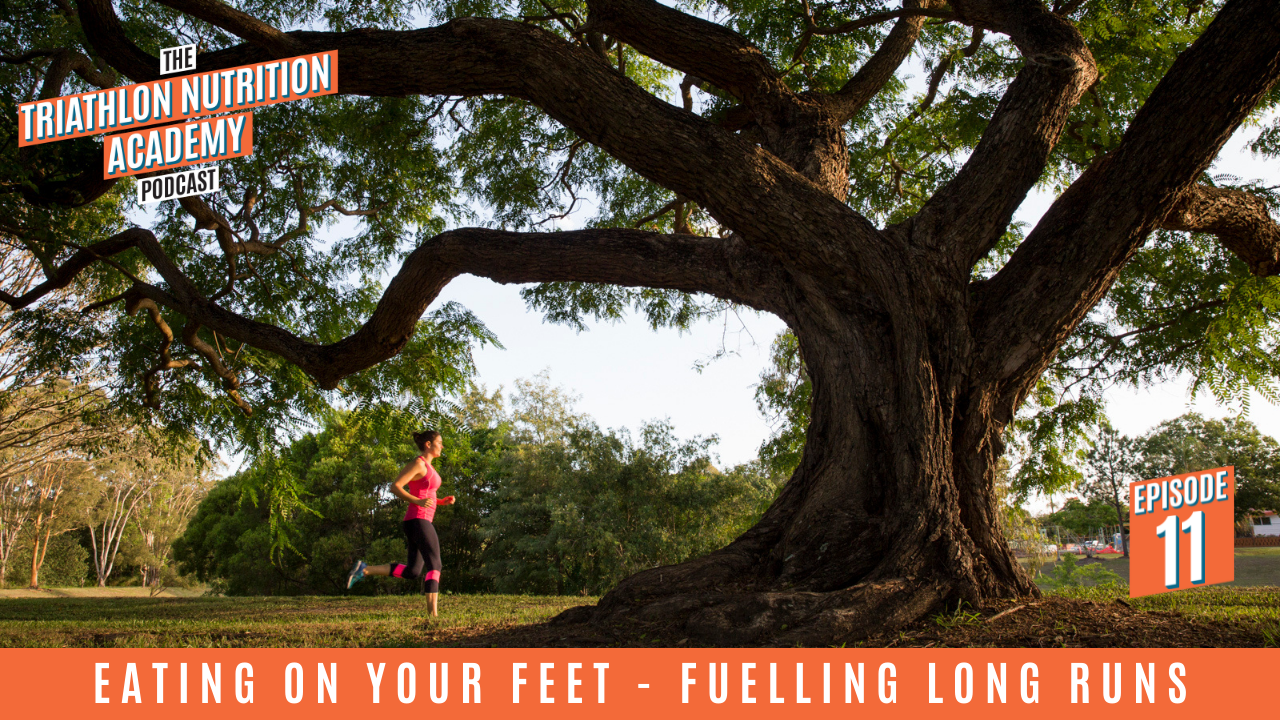
Eating on your Feet: Fuelling Long Runs
It can be a challenge to eat and drink when you’re running. Your tummy is jiggling up and down, it’s hard to breathe and chew. It’s also common to experience gut symptoms like nausea, bloating, diarrhoea and vomiting.
Here are some practical strategies to help you eat on your feet:
-
Practice!
- If you’re not used to doing anything at all, start with just a small sip of water and slowly build up over time
- Your gut is very trainable - start building up slowly, being gradual, and being consistent to your approach to fuelling
- Assist with increased blood flow to the gut by taking on small amounts of nutrition, more frequently instead of a whole gel or bar at a time
- Avoid following carbohydrate targets per hour you’ve pulled from the internet – this is a recipe for disaster
-
Have a periodised approach
- You don’t need to fuel the same all year round
- Focus on building up your gut tolerance in the lead up to races and back off in...
8 Key Ingredients To Becoming A SuperCharged Triathlete
Coffee & Questions ☕️ 2nd September 2021
8 Key Ingredients To Becoming A SuperCharged Triathlete
1. Pre-Training Nutrition
2. Recovery nutrition
3. Periodisation
4. Run fuel
5. Ride fuel
6. Carb-Loading
7. Hydration
8. Supplements
Dial each of these nutrition components in and you’ve nailed a solid foundation as an athlete.
The Triathlon Nutrition Academy Podcast is now LIVE!
Listen in wherever you listen to your podcasts 🎧
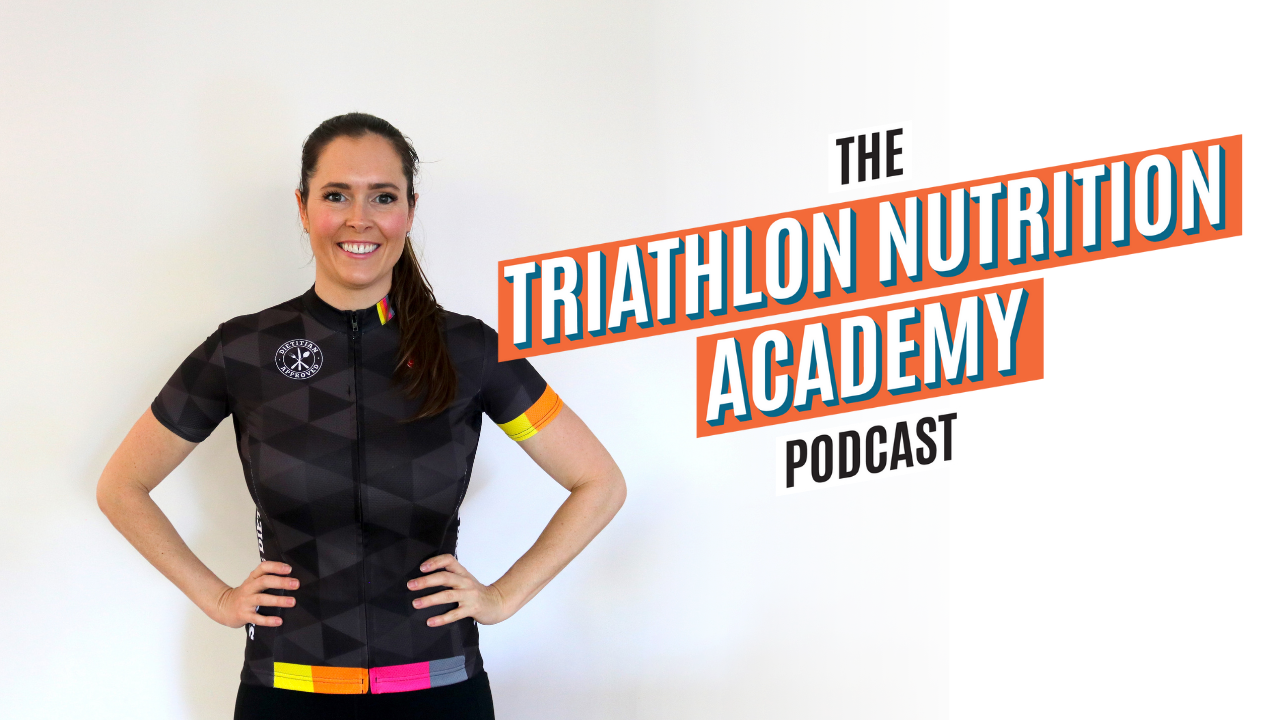
Doors are opening on the 19th of September! Join the Triathlon Nutrition Academy waitlist HERE
TRANSCRIPT
Good morning and welcome to coffee and questions! I am live on Facebook over here, in case you see me looking from different places and Instagram over here. So hopefully you can hear me. I've got my headphones in. Yep! Alright, cool. So this morning, I wanted to introduce to you something I've cooked up. Good morning Bec Baird and Tesla and Nick. Yeah, something I've cooked up which I'm pretty excited about. And you'll hear more about it over the coming ...



